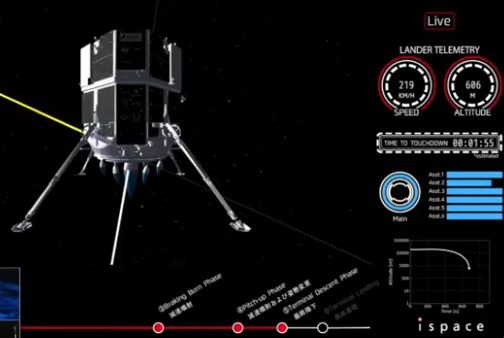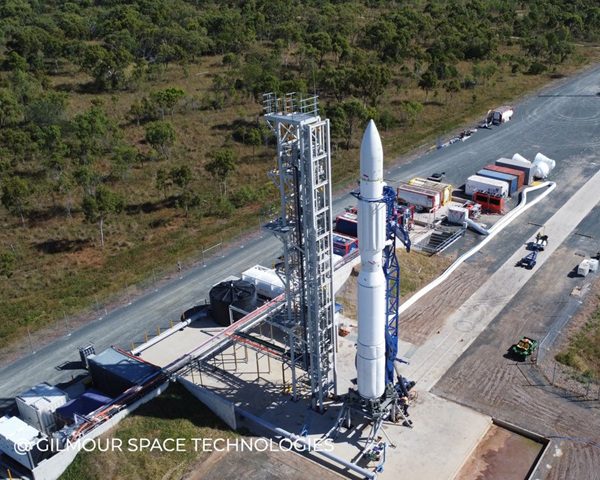The Indian Space Research Organisation (ISRO) and its Antrix commercial launch provider subsidiary, gained kudos for achieving the first orbital launch with more than 100 payload spacecraft aboard. The PSLV-XL rocket launch carried 104 individual satellites – most of which were in the 1-10 kg cubesat/nanosat class. The launch took place from the Satish Dhawan Space Center, India, at 0358 GMT on 15 February. It marks the 38th consecutive success for the PSLV vehicle.
The primary payload was the 714 kg Cartosat 2D remote sensing satellite for ISRO itself which was being launched into a near polar Sun-synchronous low Earth orbit of circa 500 km altitude. The other Indian payloads were the two ISRO Nano Satellites (INS), INS-1A/-1B. This platform is designed to act as a dedicated PSLV co-payload and may be utilised for a number of mission types.
The remaining 101 commercial satellite payloads carried included; 88 Flock (Dove) earth observation, 5 kg, 3U-cubesats owned and operated by the Planet firm. Eight Lemur 3U-cubesats for Spire, these units carry GPS radio occultation antennas for weather prediction services as well as a maritime tracking payload.
The five other cubesat passengers consist of; PEASSS a European Union technology validation experiment, DIDO-2 a test spacecraft to exhibit microgravity research technologies, BGUSat a student built cubesat from Ben-Gurion University, Al-Farabi another student project from Al-Farabi Kazakh National University and Nayif-1 an educational satellite carrying an amateur communications payload (FUNcube 5).
Matthew Wilson contributed to this article.








